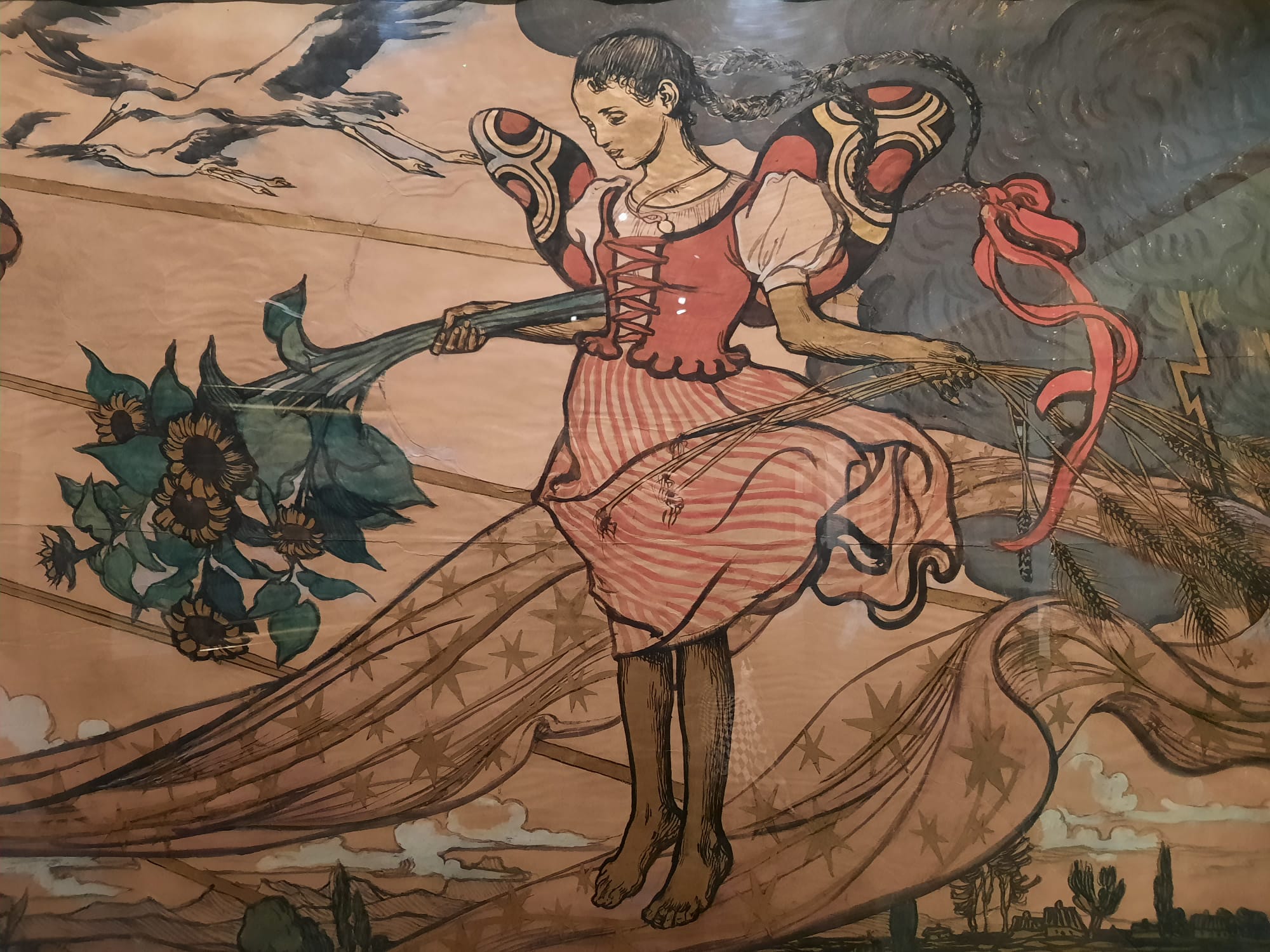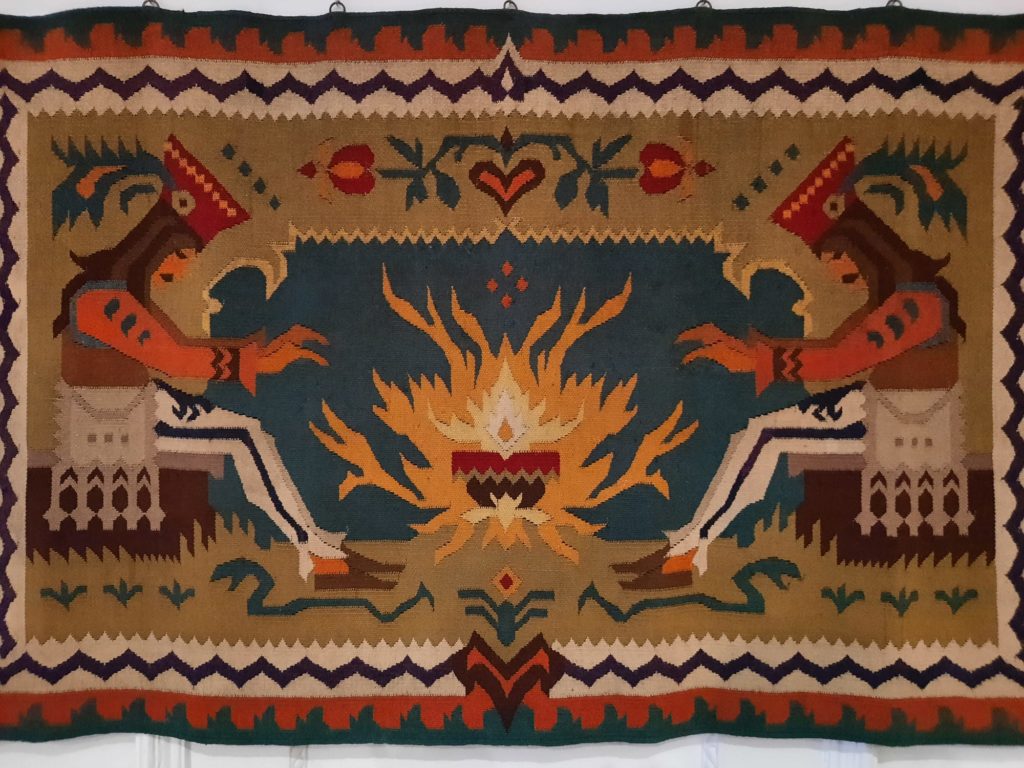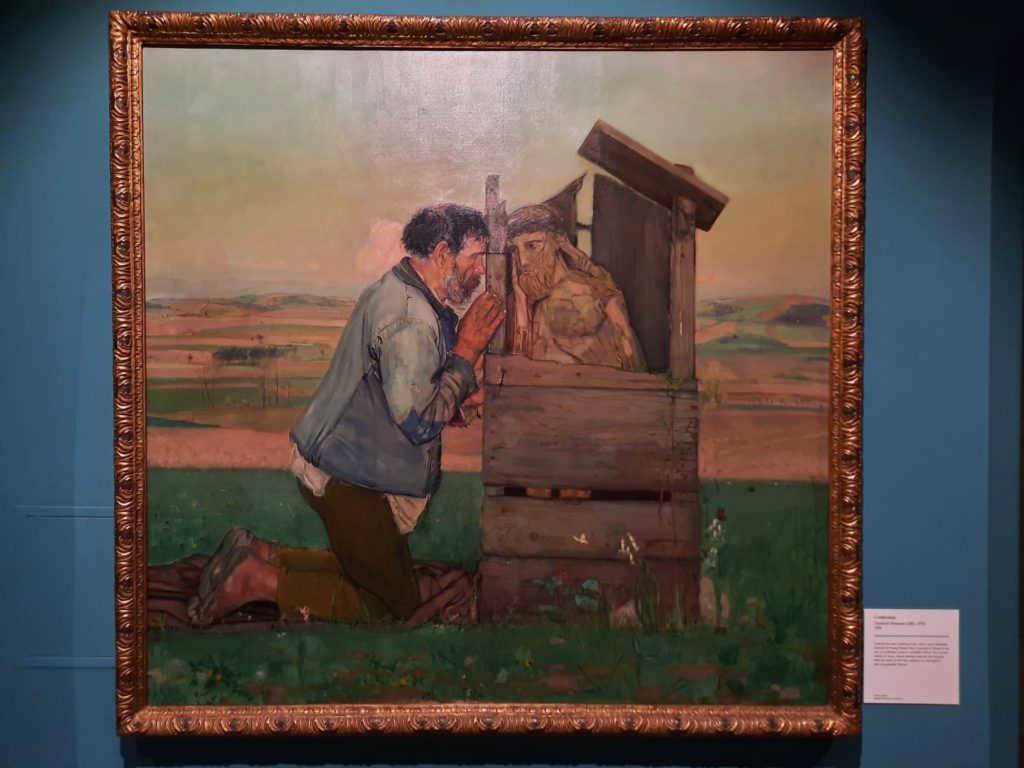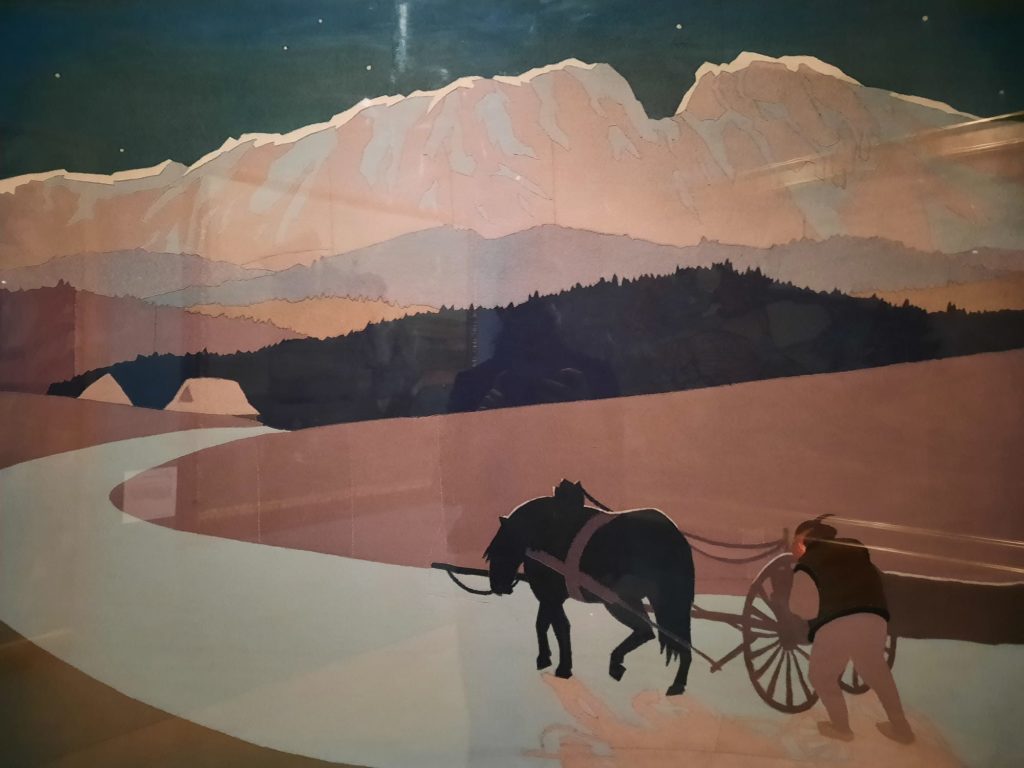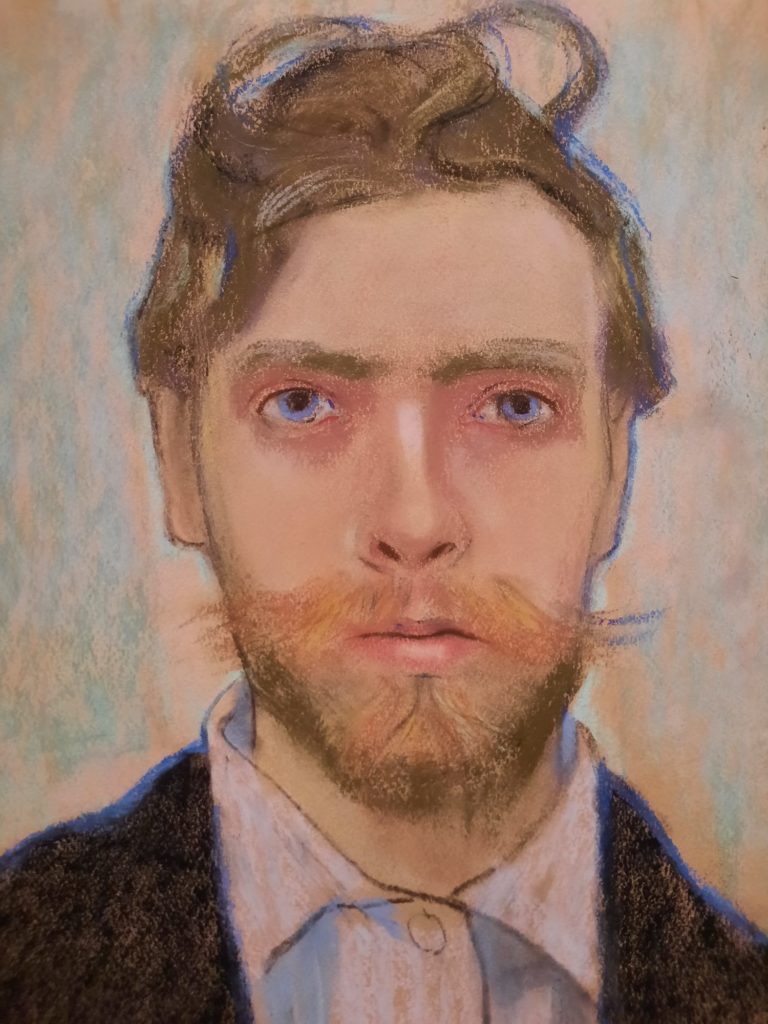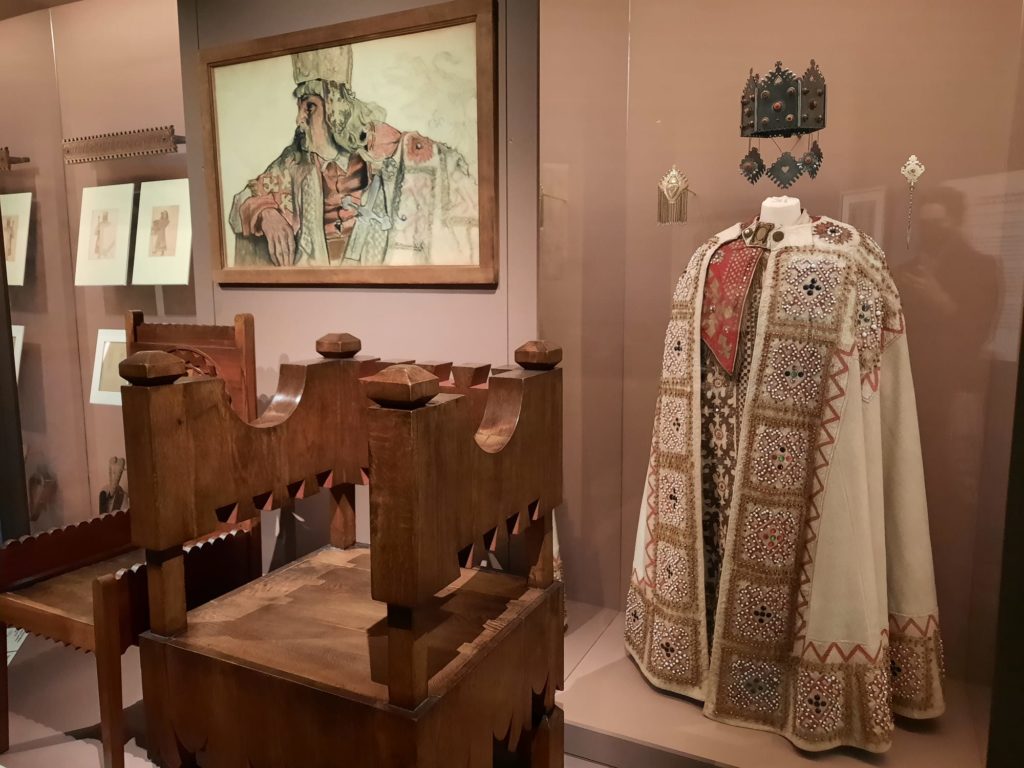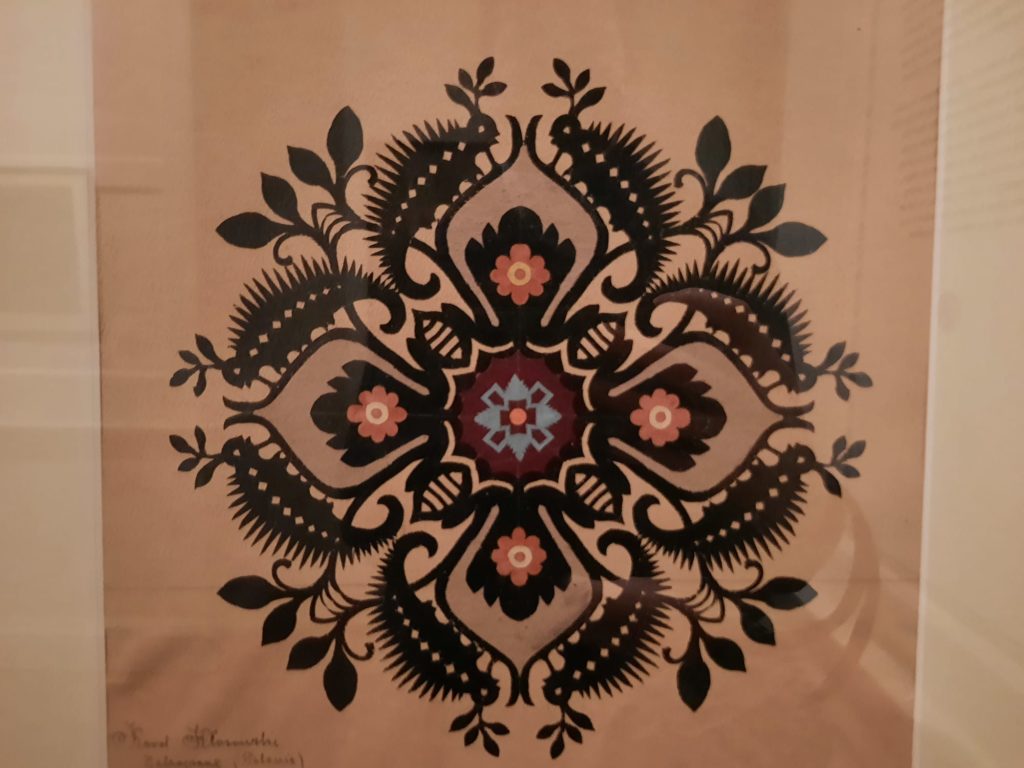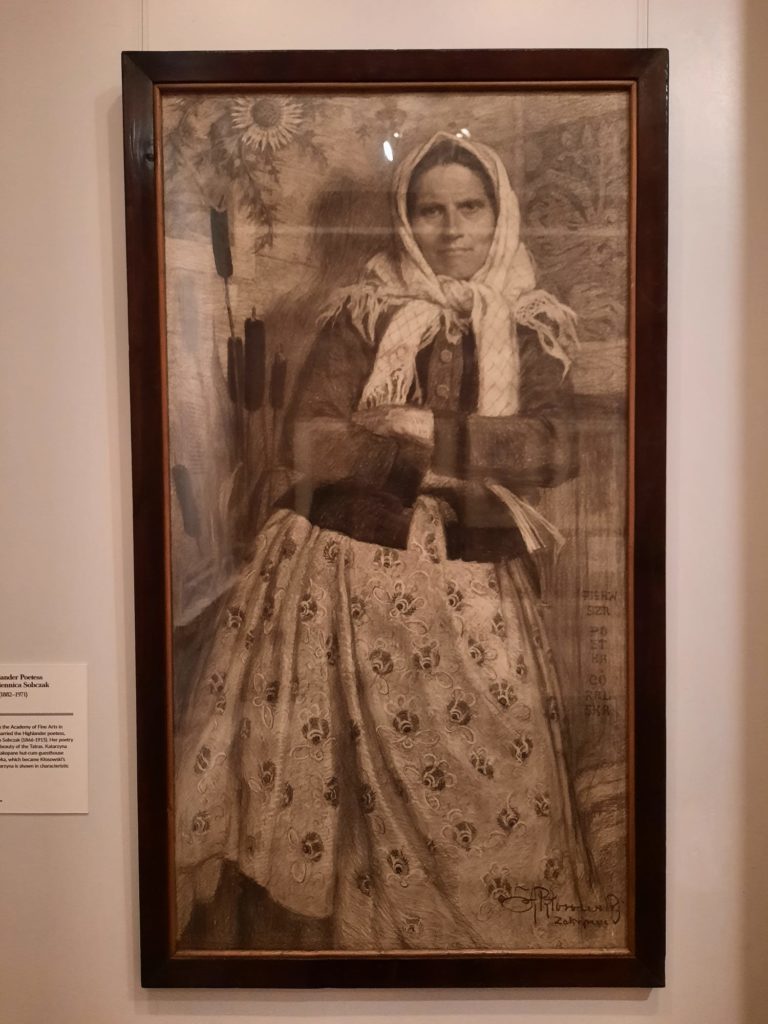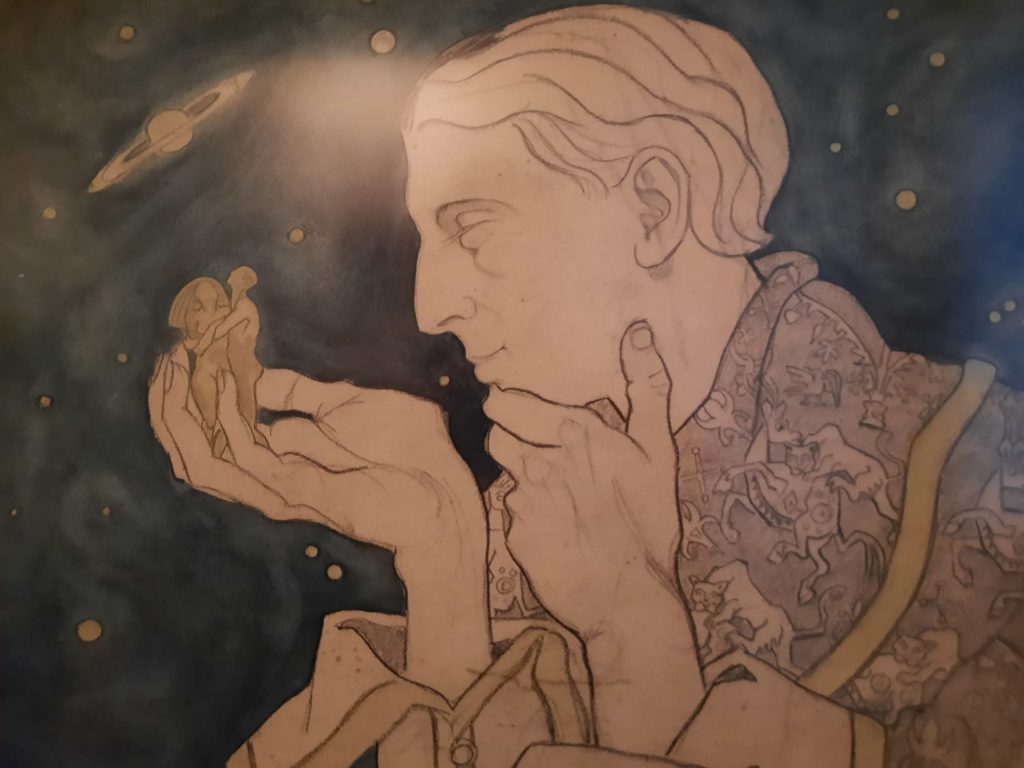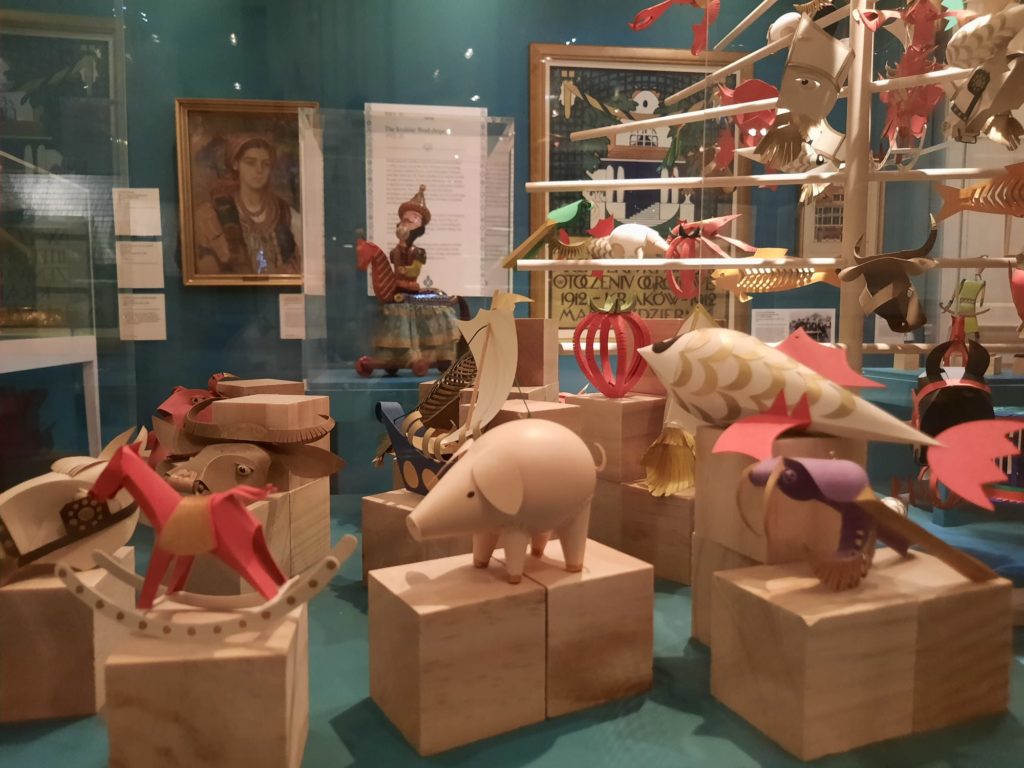Young Poland – William Morris Gallery, London
A review of Young Poland, an exhibition exploring a very interesting movement in art, literature and music circa 1890-1918. Thoughtfully curated to connect to the William Morris Gallery, and a great opportunity to see art that is little represented in UK collections.
Young Poland / Młoda Polska
Here we are back again at the William Morris Gallery. We were last here in June, when I explored the Gallery, its history and collections as well as a temporary exhibition on the Century Guild. You can find more information here. Today we are here to see Young Poland, an exhibition about a movement I knew very little about.
Young Poland, or Młoda Polska, was a movement in art, literature and music, roughly between 1890 and 1918. What you have to remember about this period in history is that Poland wasn’t a country. At the end of the 18th Century Poland began to be partitioned by the Russian and Austro-Hungarian Empires and Prussia. As is generally the case, these powers wanted to assimilate their Polish citizens into good imperial subjects. Young Poland, similar to many other nationalist movements of the 19th Century, drew on traditional arts and crafts, a sense of place, and also tendencies in newer movements like Art Nouveau, to create a shared artistic language and focal point for preserving endangered cultural heritage.
This exhibition is the result of a collaboration between the William Morris Gallery and National Museum in Kraków. The curators – Julia Griffin, Professor Andrzej Szczerski and Roisin Inglesby – posit that it was actually the Arts & Crafts movement rather than Art Nouveau which had the biggest impact on Young Poland. This makes the William Morris Gallery a natural home to introduce the Young Poland movement to a UK audience.
Young Poland At The William Morris Gallery
I found Young Poland to be a very well-constructed exhibition. Despite some challenges with the exhibition space (at the William Morris Gallery, exhibitions are split across levels and a few different rooms), there is a good level of information and interesting choice of objects. The curators (probably rightly) assume visitors will have very little knowledge of the Young Poland movement. They tell the story clearly, introducing some of the main figures, symbols and trends of the movement.
Young Poland tried to create a national style in art rather than drawing on one which already existed. The movement originated in Kraków and the nearby village of Zakopane. It drew particularly on the romance of ‘Highlanders‘, which in a Polish context roughly equates to mountain shepherds. The Tatra mountains, in particular the Mount of Giewont, which resembles a sleeping knight, were a symbol of stability and security. Figures such as Stanisław Wyspiański synthesized tradition and modernity in art and objects, taking inspiration from history, nature and ‘authentic’ traditions.
And it is this approach to art as an all-encompassing way of living which is the central theory of the exhibition. Wyspiański, like William Morris, designed patterns, stained glass, furniture and textiles, and was a writer as well. Intentionally or unintentionally, Young Poland followed a model created by Ruskin, Morris and others in the Arts & Crafts movement. Art, for both men, was something which should permeate all aspects of life. Other key figures such as Karol Kłosowski and Maria Pawlikowska-Jasnorzewska took a similarly multi-disciplinary approach, but Wyspiański seems to have been a key driving force of the Young Poland movement.
Oh Christmas Tree
The wide variety of disciplines mastered by Young Poland artists is one of the joys of the exhibition. As well as some charming paintings, I liked learning more about lace-making, kilim rugs and so on. And in one of the final rooms, there is a Christmas tree bedecked with reproduction ornaments. Some of the originals, by Kraków Workshops, are also on display.
All in all, this exhibition taught me a lot. There are just enough parallels with the Arts & Crafts movement for visitors to connect it with the familiar. But with most objects on loan from Polish institutions, it’s a great chance to learn something new. It’s an excellent exhibition for those interested in history or turn of the (last) century artistic movements. And the seasonal display means that it’s good for families too. Definitely worth the trip to Walthamstow to take a look.
Salterton Arts Review’s rating: 3.5/5
Young Poland on until 30 January 2022
If you see this after your page is loaded completely, leafletJS files are missing.

